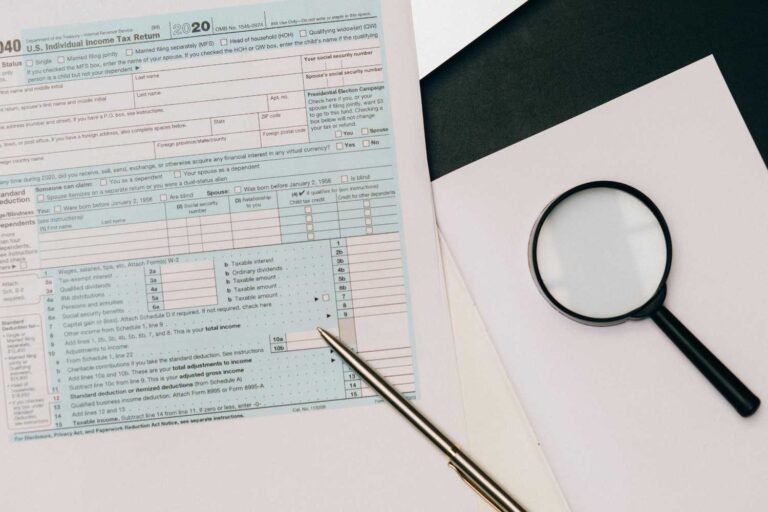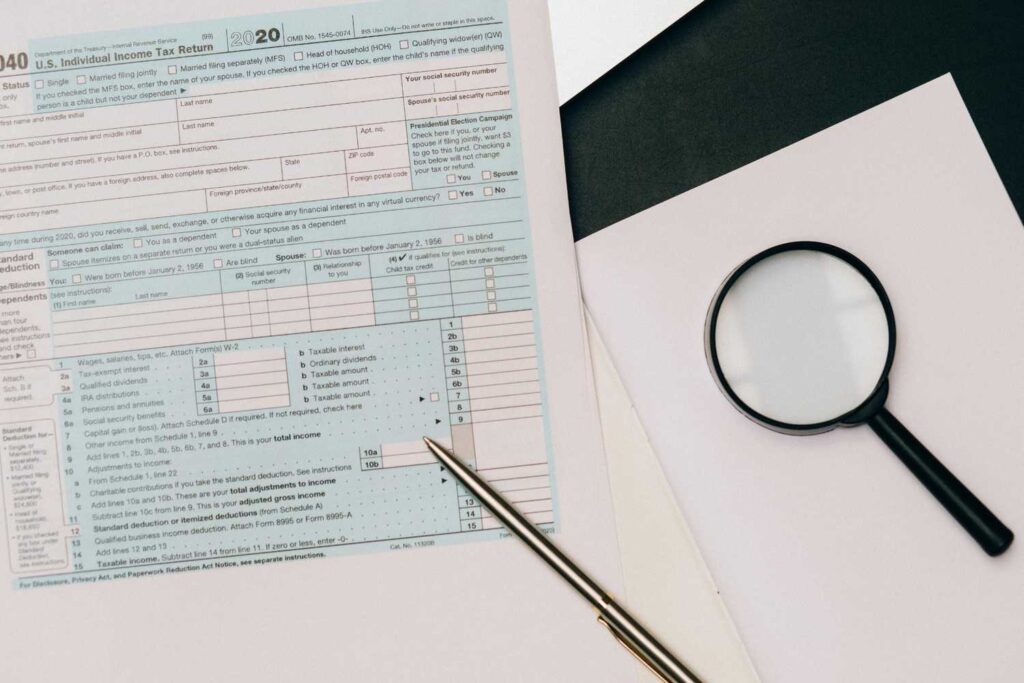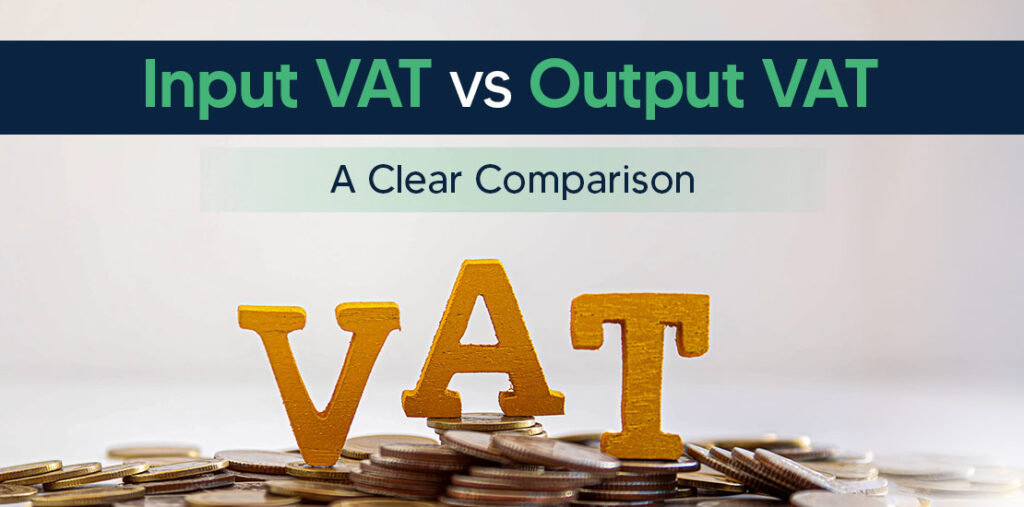The United Arab Emirates is accelerating its journey toward digital transformation, and e-invoicing is one of the major milestones along the way. As part of the UAE’s broader vision to improve transparency, reduce fraud, and streamline tax administration, electronic invoicing (e-invoicing) is now becoming a compliance requirement for businesses across the country.
Whether you run an SME in a Dubai free zone, a multinational in Abu Dhabi, or an e-commerce platform catering to UAE customers, understanding how e-invoicing works and how to prepare is no longer optional.
In this blog, we explore the scope, impact, and benefits of e-invoice implementation in the UAE and how businesses can ensure full compliance with the Federal Tax Authority (FTA) requirements.
What Is E-Invoicing?
E-invoicing refers to the electronic generation, submission, and storage of invoices in a standardized digital format. Unlike PDFs or scanned paper invoices, a true e-invoice is machine-readable, enabling real-time reporting, automated validation, and integration with tax systems.
In the UAE, the FTA’s e-invoicing model is similar to that implemented in countries like Saudi Arabia and those across the EU. It is designed to ensure accurate VAT reporting, reduce invoice manipulation, and increase overall tax efficiency.
Why Is E-Invoicing Being Introduced in the UAE?
The FTA is introducing e-invoicing in phases to align with the country’s digital economy strategy. The main goals include:
- Strengthening VAT compliance
- Preventing tax evasion and fraud
- Improving audit readiness and traceability
- Enhancing operational efficiency for businesses
- Reducing paperwork and manual processing errors
With the successful implementation of VAT in the UAE since 2018, e-invoicing is the next logical step toward smarter, real-time taxation systems.
Key Features of UAE E-Invoicing
While full implementation details are being finalized, businesses should prepare for the following expected features:
- ✅ Structured e-invoice format: likely XML or UBL formats, not PDF
- ✅ Mandatory invoice fields: including TRN (Tax Registration Number), invoice type, supply details, VAT amounts
- ✅ Digital signatures or QR codes: to verify authenticity
- ✅ Real-time or near-real-time reporting to FTA
- ✅ Integration with FTA platform via APIs
These requirements will apply to B2B, B2G, and B2C invoices over time, with clear compliance timelines to be rolled out in phases.
Who Will Be Affected?
All VAT-registered businesses in the UAE will eventually need to adopt e-invoicing. The FTA will begin with large taxpayers or high-risk sectors, and gradually expand to include SMEs and freelancers.
If you:
- Issue VAT invoices
- Operate in eCommerce, retail, manufacturing, or consulting
- File regular VAT returns
… then your business will be impacted by the new e-invoice mandates.
Benefits of E-Invoicing for Businesses
While compliance is a primary driver, e-invoicing also brings tangible advantages for businesses:
- 📈 Faster invoice processing
- 📊 Reduced human error
- 🔒 Improved data security and traceability
- 💸 Quicker VAT refunds and cash flow visibility
- 📂 Easier audit coordination with FTA
- 🌱 Supports sustainability and the UAE Paperless Vision
Digital invoicing also improves customer experience by providing clean, professional, and instant invoice delivery via integrated systems.
Steps to Prepare for E-Invoicing in the UAE
To ensure you’re ahead of the curve, consider the following actions:
1. Evaluate Your Current Invoicing System
Is it digital? Is it capable of generating structured e-invoices? If you’re still using Excel or manual entries, it’s time to upgrade.
2. Adopt E-Invoice Compatible Accounting Software
Switch to cloud-based systems like Zoho Books, Xero, QuickBooks, or FTA-approved ERP platforms that support API integration and real-time data transmission.
3. Train Your Team
Ensure your finance, sales, and compliance teams understand how to create, issue, and store e-invoices in accordance with FTA standards.
4. Implement Digital Signatures or QR Codes
Use government-compliant tools to validate and secure your invoices.
5. Stay Updated with FTA Guidelines
The FTA is expected to publish detailed technical and procedural guidelines. Subscribe to their portal or work with a professional accounting firm in Dubai that keeps you informed.
What Happens If You Don’t Comply?
As with any tax regulation in the UAE, non-compliance with e-invoicing requirements may lead to penalties, rejection of VAT returns, or delays in refunds. The FTA is moving toward an environment of real-time VAT monitoring, and outdated processes won’t cut it.
Final Thoughts
The implementation of e-invoicing in the UAE is not just a regulatory update—it’s a shift toward smarter, faster, and more transparent financial systems. Businesses that move quickly to digitize their invoicing and reporting processes will gain a competitive advantage while ensuring full FTA compliance.
As the UAE’s business environment becomes more digitized and globalized, digital accounting tools and e-invoicing will play a critical role in supporting operational efficiency and tax readiness, and saving time along the way. Whether you are looking for taxation services, getting ready for audits, or investigating cloud accounting possibilities, now is the time to go digital.





